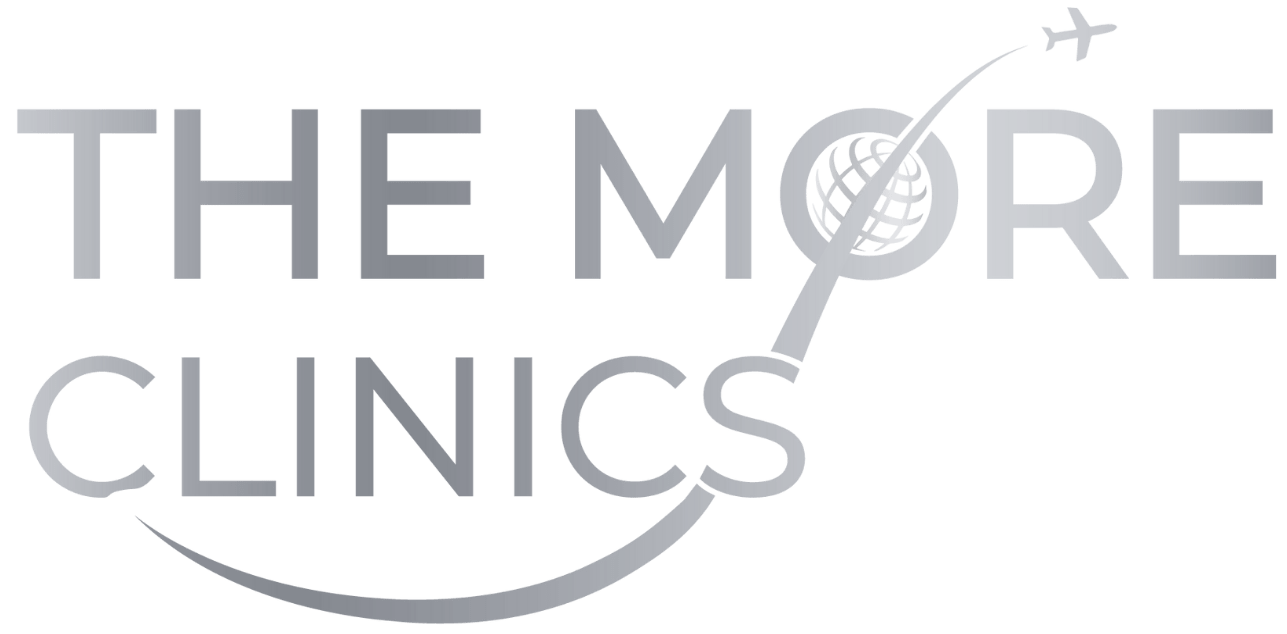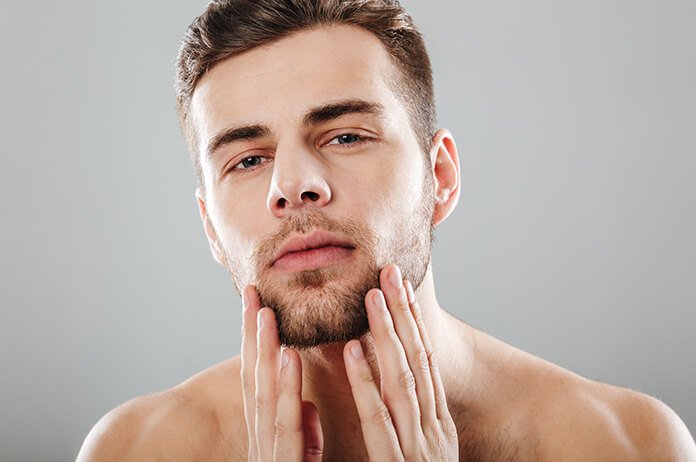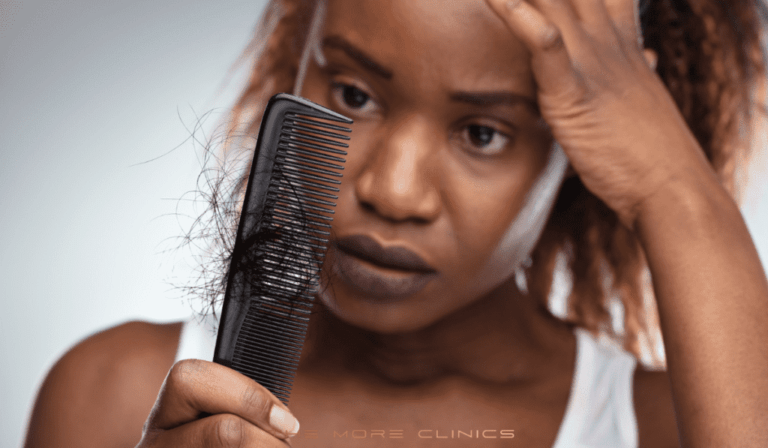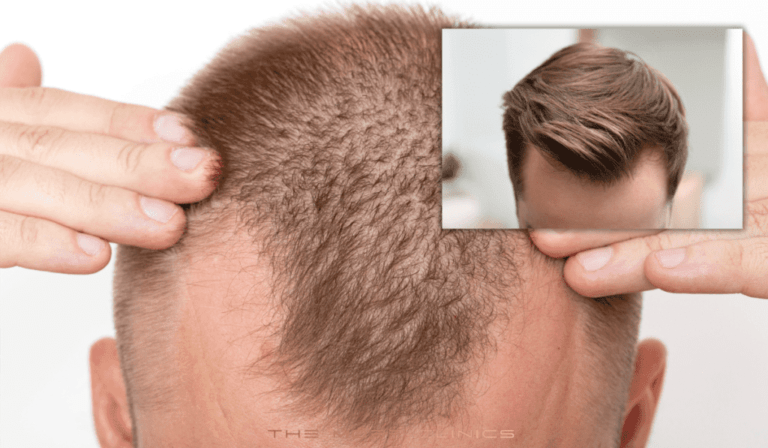What is the Norwood Scale and what to know about male pattern baldness?
Hair loss is an incredibly common condition that affects millions of men worldwide. It often starts with a seemingly innocuous increase in hair shedding, a gradually receding hairline, or a noticeable thinning on the crown. But did you know that hair loss can be categorized into distinct stages? The Norwood Hamilton Scale is a visual reference used to grade male pattern baldness according to severity.
What is the Norwood Hamilton Scale?
The Norwood Hamilton Scale, commonly known as the Norwood scale, is a system used to classify the progression of male pattern baldness. Named after its developer, Dr. O’Tar Norwood, this scale has become a standard reference point for dermatologists, hair transplant surgeons, and anyone in the field of hair restoration.

Understanding where one falls on the Norwood scale can help individuals gauge the extent of their hair loss and provide a common language with medical professionals when discussing treatment options.
What are the 7 Stages of Hair Loss and the Norwood Scale?
If you are not already familiar with the 7 stages of the Norwood scale, here’s a quick rundown:
Stage 1: A full head of hair with no signs of baldness.
Stage 2: The hairline begins to show signs of slight recession, typically in a V-shape above the temples.
Stage 3: The same V-shaped hair loss starts impacting the front of the head, which can sometimes denote a beginning balding pattern.
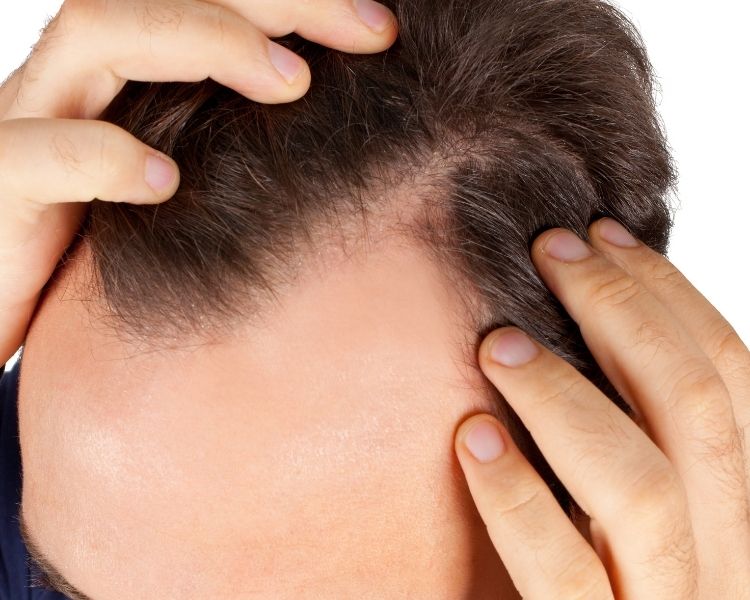
Stage 3 Vertex: Here, the hairline continues to recede, but a bald spot at the top of the scalp also begins to emerge. These two balding areas are often connected by a band of hair.
Stage 4: The band connecting the hairline and vertex reduces, and the bald area becomes larger. This stage separates the aforementioned stages into more distinct baldness patterns.
Stage 5: The bald areas at the front and back of your head are now clearly defined but are still separated by a strip of hair running from the sides around the back of the head.
Stage 6: The strip of hair that once bridged the two balding areas has now thinned, and these areas are on the cusp of merging.
Stage 7: This stage marks the most severe form of male pattern baldness. Only a horseshoe-shaped band of hair remains around the sides and back of the head, with the top completely bald.
By identifying where a person falls within these stages, clinicians can offer more tailored advice and treatment.
What Causes Male Pattern Baldness?
Understanding the etiology of male pattern baldness can be complex because it is often influenced by a combination of genetic, hormonal, and environmental factors. The primary cause is the androgen dihydrotestosterone (DHT), a byproduct of testosterone that shrinks hair follicles, leading to finer and shorter hair until the follicles cease to produce hair altogether.
Genetic Predisposition
A common misconception is that the mother’s side of the family solely dictates baldness. In fact, various genes inherited from both parents play a role.
Hormonal Factors
The hormonal aspect of hair loss is paramount. Androgens, particularly DHT, are the root cause of male pattern baldness, initiating the shrinking of hair follicles observed in the Norwood scale stages.
Environmental Influences
External factors such as stress, nutrition, and hair care practices can exacerbate or accelerate hair loss. Stress-induced alopecia can cause hair to shed at a relatively young age, whereas poor diet or insufficient scalp care can lead to deteriorating hair health.
Related Post: Types of Hair Loss
Treatment Options
For many men, hair loss can be a significant source of distress, impacting self-esteem and psychological well-being. Fortunately, the advancement of medical technology has led to numerous treatment options that can slow down, stop, or even reverse the effects of male pattern baldness.
Medications
The two primary medications approved for treating male pattern baldness are minoxidil and finasteride.
- Minoxidil (Rogaine): A topical treatment, minoxidil is applied to the scalp to stimulate hair growth and to slow hair loss.
- Finasteride (Propecia): An oral medication that blocks the formation of DHT. It requires a prescription and can have side effects, so a discussion with a healthcare professional is essential.
Platelet-Rich Plasma (PRP) Therapy
PRP therapy for hair involves injections of the patient’s own blood platelets into the scalp. The growth factors in the platelets can potentially stimulate hair growth.
Permanent Solution for Hair Loss: Hair Transplant
For those in the more advanced Norwood stages, hair transplantation can be one of the most effective ways to restore a natural hairline.
Follicular Unit Transplantation (FUT)
FUT involves the removal of a strip of hair from the back and sides of the scalp, from which individual follicular units are extracted for transplantation.
Follicular Unit Extraction (FUE)
FUE is a minimally invasive approach where individual hair follicles are extracted and transplanted, typically yielding a more natural-looking result with less scarring.
Modern Direct Hair Implantation (DHI)
DHI is a cutting-edge technique in the field of hair restoration. It involves the use of a specialized tool to extract hair follicles one by one and implant them directly into the balding areas of the scalp. This method offers a high degree of precision, allowing for the placement of hair follicles in a specific direction, angle, and depth. The result is a more natural-looking hairline and denser hair coverage.
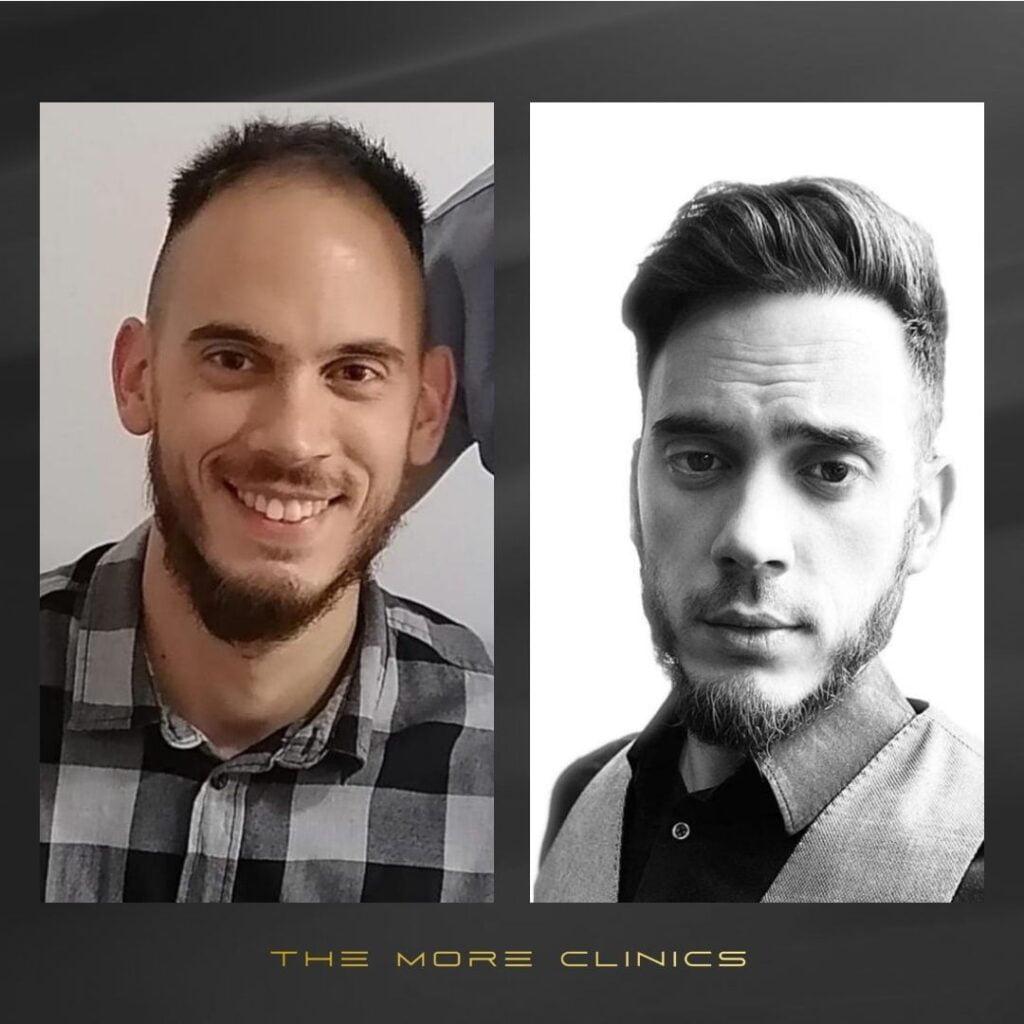
Last Words from the More Clinics
Ultimately, whether you’re in the early stages of hair loss or advanced stages of baldness, understanding the Norwood scale is just the beginning. It is by no means a roadmap of your only options but serves as a starting point for discussing the myriad of treatments available.
At More Clinics, we believe in a personalized approach to hair restoration, tailoring our treatments to the unique needs of each patient. Our mission is to provide the most advanced and effective solutions for hair loss, ensuring that every patient who walks through our doors can confidently pursue the path to regaining their hair and self-esteem.
Take the first step by seeking professional advice and explore the treatment options available to you. It’s time to turn the page and start a new chapter in your hair health. Contact us now and let us book your free consultation today!
GET A FREE CONSULTATION!
Let’s Start Planning Your Treatment %100 Guarantee Results.
